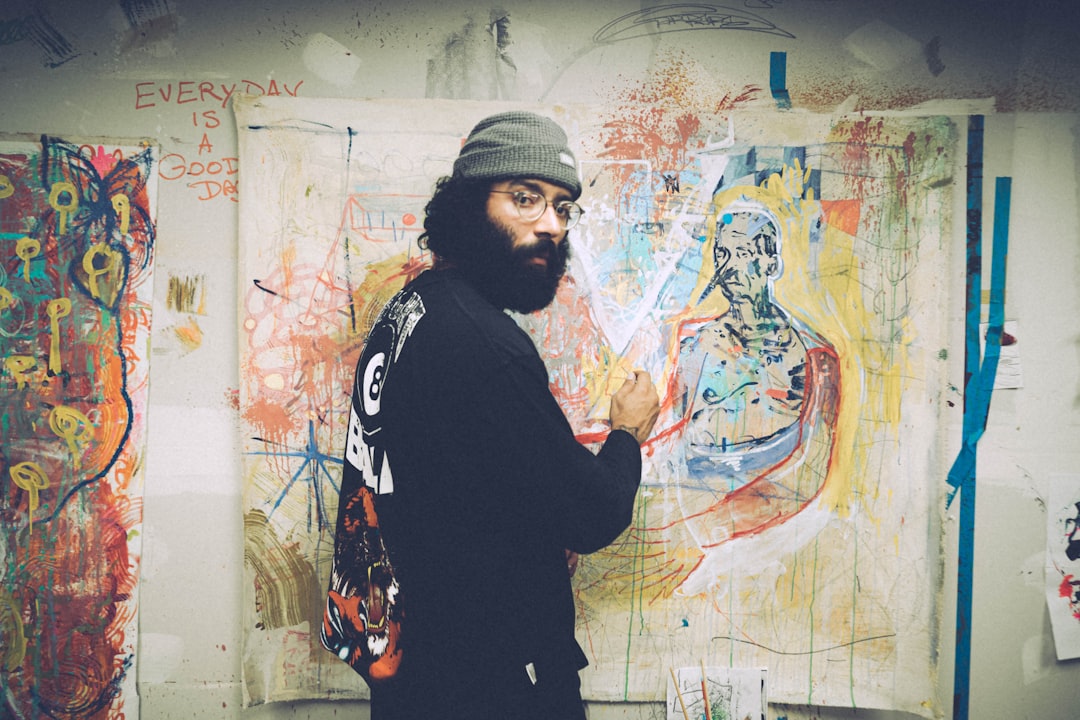What is it about?
We did a study with experienced tango dancers to see how they creatively improvised together. They were filmed while dancing and were then interviewed about short sequences they found particularly creative. Video-feedback was made available so that the dance couples could slowly and mindfully reconstruct each creative moment. This enabled us to analyze the underlying decisions and mechanisms in detail. Our own experience as dancers had led us to expect various ways in which joint improvisation can be creative. The present study confirmed this hypothesis, suggesting a broad spectrum of modalities of improvising together. Specifically, we were able to show that creative features can come about in different ways: Some creative moments, even though the two dancers always execute them together, can be attributed to either the tango leader’s or the tango follower’s individual inspirations. (For example, a leader can picture a joint creative move and then lead the follower to do her part while simultaneously coordinating his own movement.) Other creative moments arise through the ongoing give-and-take between the dancers: how they respond to each other’s movement, giving small impulses and nudges. These interactivity-based creative moments draw from how the dancers inspire, enable or surprise each other, and some effects even result from productive errors and misunderstandings. During still other moments, a dancer just assists the partner’s creative movement without much creative action of his or her own, or a dancer decides to quickly exploit a small creative space without interrupting the partner or the joint movement. All of these creative moments happen in interaction, but it is not always the interaction itself that is the main force behind creativity. Individual creative ideas also blend into the joint improvisation. More importantly, it seems that such individual ideation and interaction-based creativity mechanisms can be complementary, depending on the context.
Featured Image

Photo by Preillumination SeTh on Unsplash
Why is it important?
Many people (including psychologists) think that creativity is found in individual minds. The romantic idea of the creative genius is alive and kicking. Some recent research has argued otherwise, demonstrating that creativity can benefit from interaction or even lies in what people do together. As this new perspective is gaining ground, it is important to find out just how far we can take the idea that creativity is fundamentally interactive. We intend to bring together “the best of both worlds” to facilitate dialogue between the theoretical camps. The best way to do so is to zoom in on the micro-scale of interaction. This allows us to closely describe how creative features emerge and unfold in an interpersonal system, whilst abstaining from simple general formulas that would localize creativity either “in” the head or “in between” people.
Perspectives
This study brought our passion for tango and cognitive science together. It was a privilege and a joy to observe expert dance couples in action. The dancers brought their amazing ability to reflect about their creative trajectories to the study.
Michael Kimmel
University of Vienna
Read the Original
This page is a summary of: The spectrum of distributed creativity: Tango dancing and its generative modalities., Psychology of Aesthetics Creativity and the Arts, October 2022, American Psychological Association (APA),
DOI: 10.1037/aca0000515.
You can read the full text:
Contributors
The following have contributed to this page










